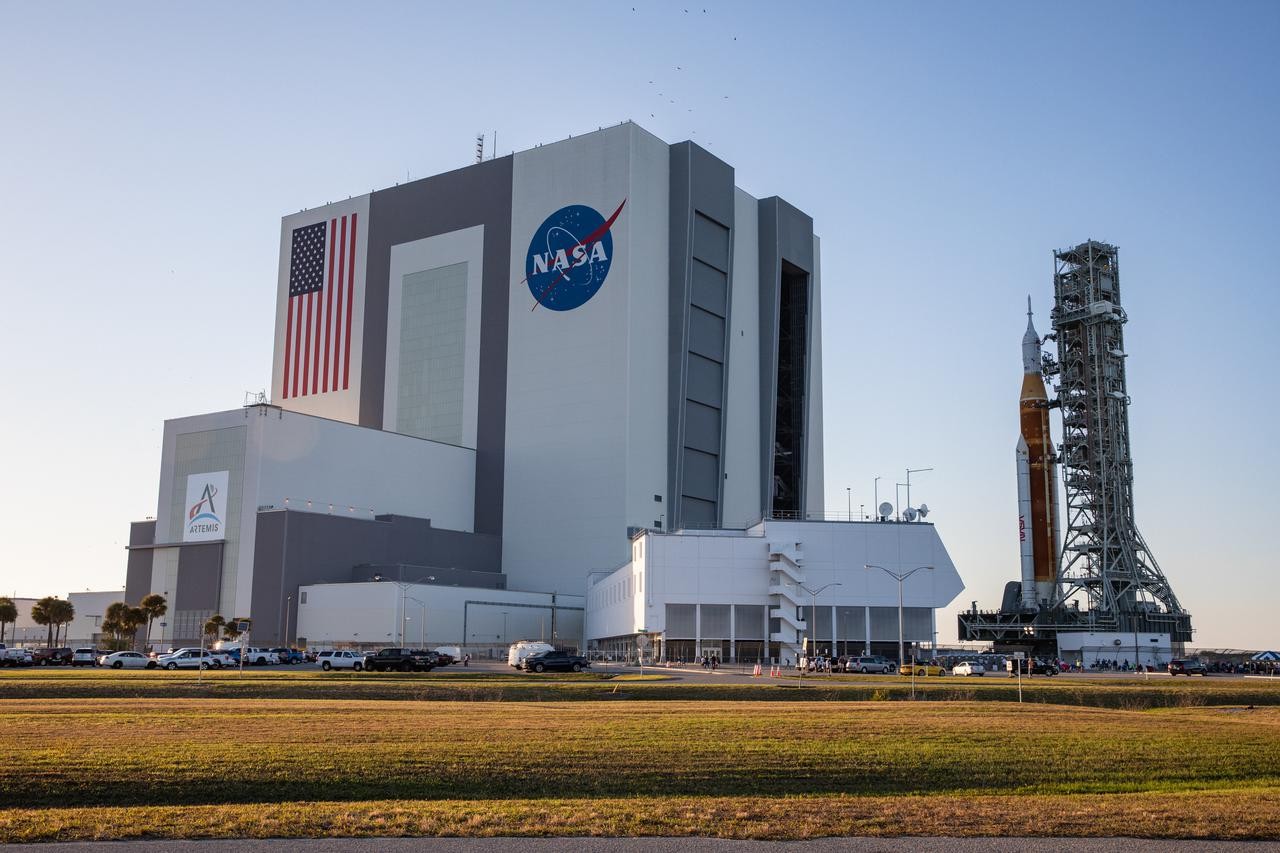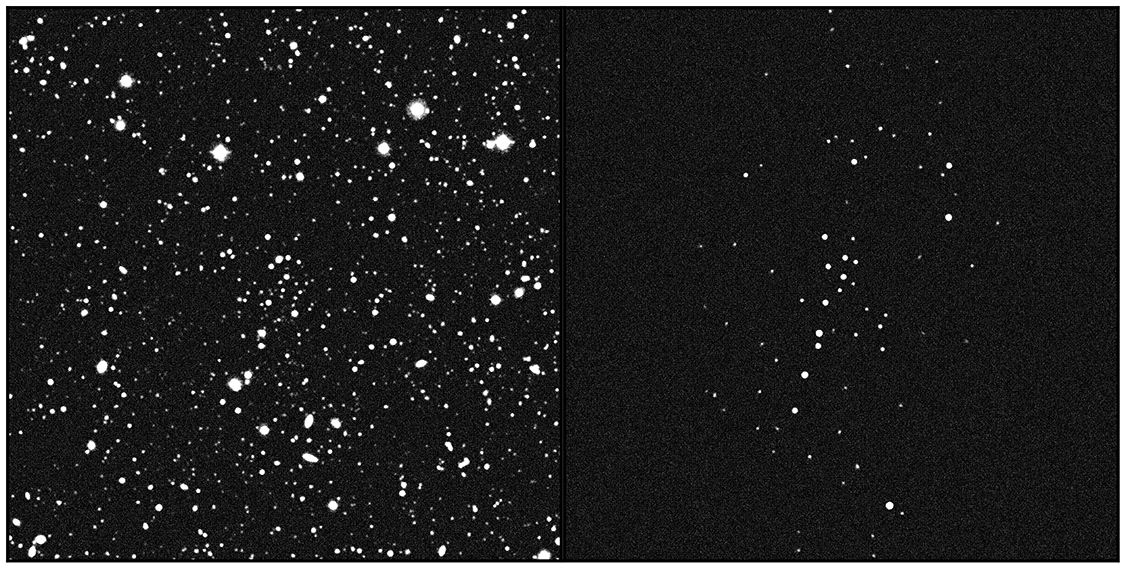The answer to the fundamental question posed by astronomers, where the objects with the strongest gravity in the universe come from, has been known theoretically for a long time. However, only now have we been able to witness their birth in a way that leaves no room for doubt.
Black holes, for which the Nobel Prize was awarded in 2020, are objects that arouse fear due to their incredible gravity. It is so large that a sphere called the event horizon forms around it. The size of the event horizon depends on the mass of the black hole, which can vary. Anyone or anything that crosses the event horizon will not be able to return to our universe. The exact physics behind black holes is more complex than this simple idea of an object so dense that it will absorb light, but in our case it's enough.
What is important here is the process that leads to the emergence of the black hole, that is, the compression of matter a lot. For stellar-mass black holes, the preceding event is generally thought to be a supernova explosion. This means a star several times larger than the Sun collapses when it is no longer able to burn the increasingly heavier elements in its interior. Sometimes a star is not so massive that a black hole can form even if it explodes in a supernova. Then a neutron star is formed. However, the order is important: massive star – supernova – supernova remnant.
We have not yet observed the formation of a black hole
Many supernovae are observed each year because the universe is vast. Thanks to this, although it is a relatively rare phenomenon in a single galaxy, with millions of them in view, such a supernova will always explode somewhere. In distant galaxies we see an explosion and then nothing. We did not notice any remnants of the explosion.
It's different in the Milky Way. Explosions were not observed in the era of modern astronomy. We see what ancient supernovae caused, but we did not see what happened before them. Unfortunately, we don't see the whole process, i.e. the star explodes and then in its place there is an object such as a black hole or a neutron star surrounded by ejected matter, and often beautiful nebulae such as a crab are formed.
The Crab Nebula in the Milky Way. (Image: Web)
So skeptics might say that we cannot be sure that a black hole or neutron star is an object directly related to a supernova explosion. There are minor inaccuracies, but they are enough to cast doubt on existing theories. Fortunately, this has already changed.
At the end of the 18th century, William Herschel, discoverer of Uranus and Saturn's two unusual moons known as Enceladus and Mimas, and the first to calculate the height of mountains on the Moon, discovered a galaxy in the Cetus constellation, which today we call NGC 157. Of course, it was not He realizes it at the time. It doesn't matter that it's a galaxy at all or that it's 75 million light-years away. More than 200 years later, in 2009, it became the site of an extragalactic supernova explosion. Like hundreds of others. In 2022, a supernova exploded there again, but this time it was a very unusual supernova.
Galaxy NGC 157. (Image: ESO)
It was given the designation SN2022jli (the letters stand for the next supernova event in space within a year) and its brightness changes were carefully monitored. The thing about supernovas is that after a sudden, sharp increase in brightness, they then decrease, but much more slowly than before the explosion. It's like lighting a match and then extinguishing it, and then watching his head glow more and more dimly.
A supernova exploded in a binary star system
Astronomers Thomas More and Ping Chen observed these changes without expecting to discover anything beyond what we already know. However, this decrease in brightness was different from before. The supernova faded, but sometimes it became a little brighter and fainter than theory predicts. And now the most interesting thing. Astronomers harnessed the world's most powerful telescopes, NTT, VLT and space telescopes, to take a closer look at this supernova. It was possible to explain the source of these brightness fluctuations.
The path of the supernova phenomenon in the binary system. First we have two stars, one of which is evolving and exploding faster. The second star is not destroyed, and after the explosion it orbits the black hole or resulting neutron star. (visualization: iso)
It turns out that the supernova exploded in a binary system. One star disintegrated and turned into a black hole, or perhaps a neutron star. Now we are sure of it, because the path of the phenomenon has been deciphered. Thus, one of the stars explodes, ejecting material that partially falls onto its less massive companion, greatly expanding it. So much so that the resulting ultrasmall object, while still orbiting its companion, is now picking up its outer layers and stealing matter. This falls on this compact body, causing changes in the brightness of the system over a period of approximately 12.4 days. Because at this rate, the supernova remnant and its companion are orbiting each other.
The best known explanation for what arises after a supernova explosion
That's right, scientists can't see anything there except the light source. They are unable to separate the components because the galaxy NGC 157 is so far away. However, they see a phenomenon that can be explained by the presence of two objects, one of which is a black hole or a neutron star. When we observe an ordinary supernova, we cannot say that we see evidence of something that was created in this way. It's the same when we observe a binary system with a black hole, but many years after the explosion.
Binary system with a black hole. (visualization: iso)
Astronomers' translations are often convoluted, but unfortunately this is the only option we have at the moment. However, 100 years ago, we did not know that there was such a thing as galaxies. Karl Schwarzschild predicted the existence of black holes when solving the equations of Einstein's theory in 1915, and Walter Baade and Fritz Zwicky predicted the possibility of forming neutron stars in 1934.
Today, we associate black holes with names like Hawking, Thorne, Penrose, and science fiction stories. These things are still a mystery, even though we seem to have figured everything out about them.
Source: ESO, information. king

Echo Richards embodies a personality that is a delightful contradiction: a humble musicaholic who never brags about her expansive knowledge of both classic and contemporary tunes. Infuriatingly modest, one would never know from a mere conversation how deeply entrenched she is in the world of music. This passion seamlessly translates into her problem-solving skills, with Echo often drawing inspiration from melodies and rhythms. A voracious reader, she dives deep into literature, using stories to influence her own hardcore writing. Her spirited advocacy for alcohol isn’t about mere indulgence, but about celebrating life’s poignant moments.









